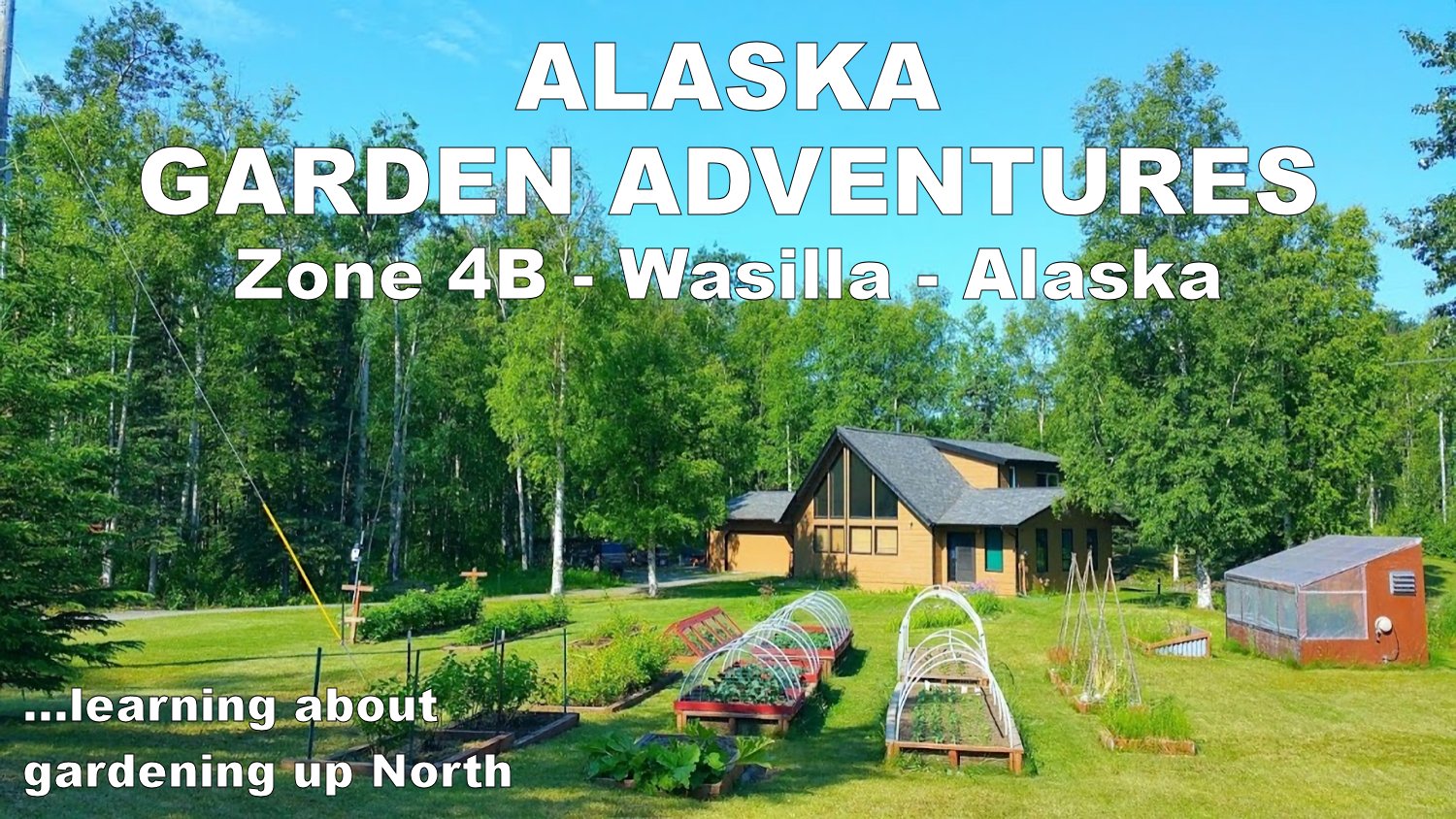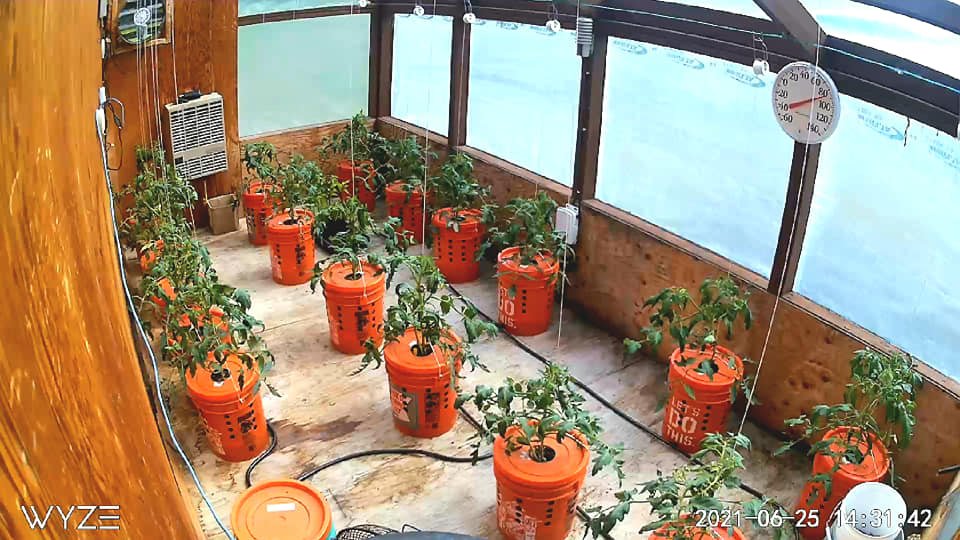This is a post about my Improved Alaska Grow Buckets self-watering system and the final basic design from 2012. This improved design has not changed. I have continued to make some minor improvements as I find better and more affordable parts.
I eliminated the second bucket in the common earth bucket design with a cloth grow bag.
I added ventilation holes to the outside bucket so that oxygen can reach the roots for optimal growth.
I added a kitchen colander to hold the grow bag off the bottom and allow irrigation water to flow freely.
I adjusted my float valve control to maintain an even water level in all buckets.
This shows the entire Alaska Grow Buckets - Sub Irrigated Planter (SIP) Self-Watering System. From The Water Barrel, to the Float Valve Regulator, to the easy to make Alaska Grow Buckets.
All of my 2012 tomato plants were doing as well as ever just 4 weeks after transplanting into the improved Alaska Grow Buckets System. I finally eliminated nearly all overflow and irrigation issues by adjusting my float valve regulator. I may still get some minor leaks after setup that require checking and adjusting tubing connections and fittings.
Another improvement from the original design above was to replaced the plastic sheet covers with bucket lids that I cut out with a 4” hole-saw and then cut in half for easy attachment when planting.
I now use an overhead string trellis system with tomato clips to support my plants instead of wire “tomato cages”.
I have also replaced the original plastic kitchen colander with a simple Bucket Insert that works just as well at a more affordable price. You can buy a set of 8 inserts online.
I switched from a high Nitrogen fertilizer that seemed to promote large bushy plants. I now use Jobes Organics Vegetable & Tomato fertilizer this is listed as a 2-5-3 organic fertilizer made from bone meal, chicken feather meal, and composted chicken manure. This seems to promote blooming over foliage growth. I add this when transplanting my seedlings into the Grow Buckets as illustrated in my Free Instruction Guide and really add no additional fertilizer during the growing season.
I also reduced the total number of plants in my small greenhouse to allow more space to improve ventilation and humidity control. This will help reduce the spread of fungal disease. I have also tried to be more vigilant in pinching off unwanted sucker growth.
All of my Alaska Grow Buckets are connected by a single gravity feed 1/2" flexible vinyl tube that is fed by a float valve regulator in the green bucket with the orange lid in this photo. This maintains a constant self-watering irrigation system that requires no electricity.
The Float Valve Regulator in the green bucket is connected to a 35 gallon gravity feed Water Barrel that I made from a plastic garbage can. Early in the growing season I simply refill the Water Barrel about every 2 weeks. As the plants continue to grow the water needs will increase and the refilling frequency will also increase. The beauty of this system is that the peat based growing medium will absorb the correct amount of water to remain moist. So the system is self regulating - as long as the water supply does not run dry. A simple visual check every few days is all that it takes. Another advantage of any Sub Irrigated Planter (SIP) system, for those gardeners that live in hot dry climates with limited water resources, is that by covering the Grow Buckets and keeping the Water Barrel covered you will greatly reduce water loss through evaporation. This is another problem that occurs with traditional planting methods and above ground irrigation. Water savings can be substantial.
You can download a complete 11 page FREE DIY Instruction Guide and share with your friends.
You can find everything to make a complete Alaska Grow Buckets Self-Watering system or just the parts that you need on my Alaska Grow Buckets shopping page.
I still use the same basic design today, but my greenhouse is a little less crowded and my Alaska Grow Buckets Self-Watering system is working great. It is just as productive as ever. This is just about 4 weeks after transplanting my seedlings into my Alaska Grow Buckets. The rapid growth is an amazing thing to watch, thanks to our 20 hour long Alaska summer days. So follow along as I continue to learn about gardening up North in Alaska.
I believe it is the easiest system that anybody can use to grow their own food at home - on a terrace or balcony, a porch or patio, or in a backyard greenhouse. It works great for tomatoes, but works equally well for peppers, eggplant, cucumbers, and many other vegetables.













